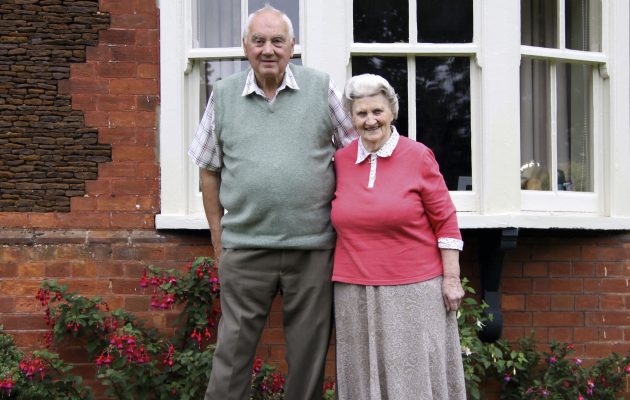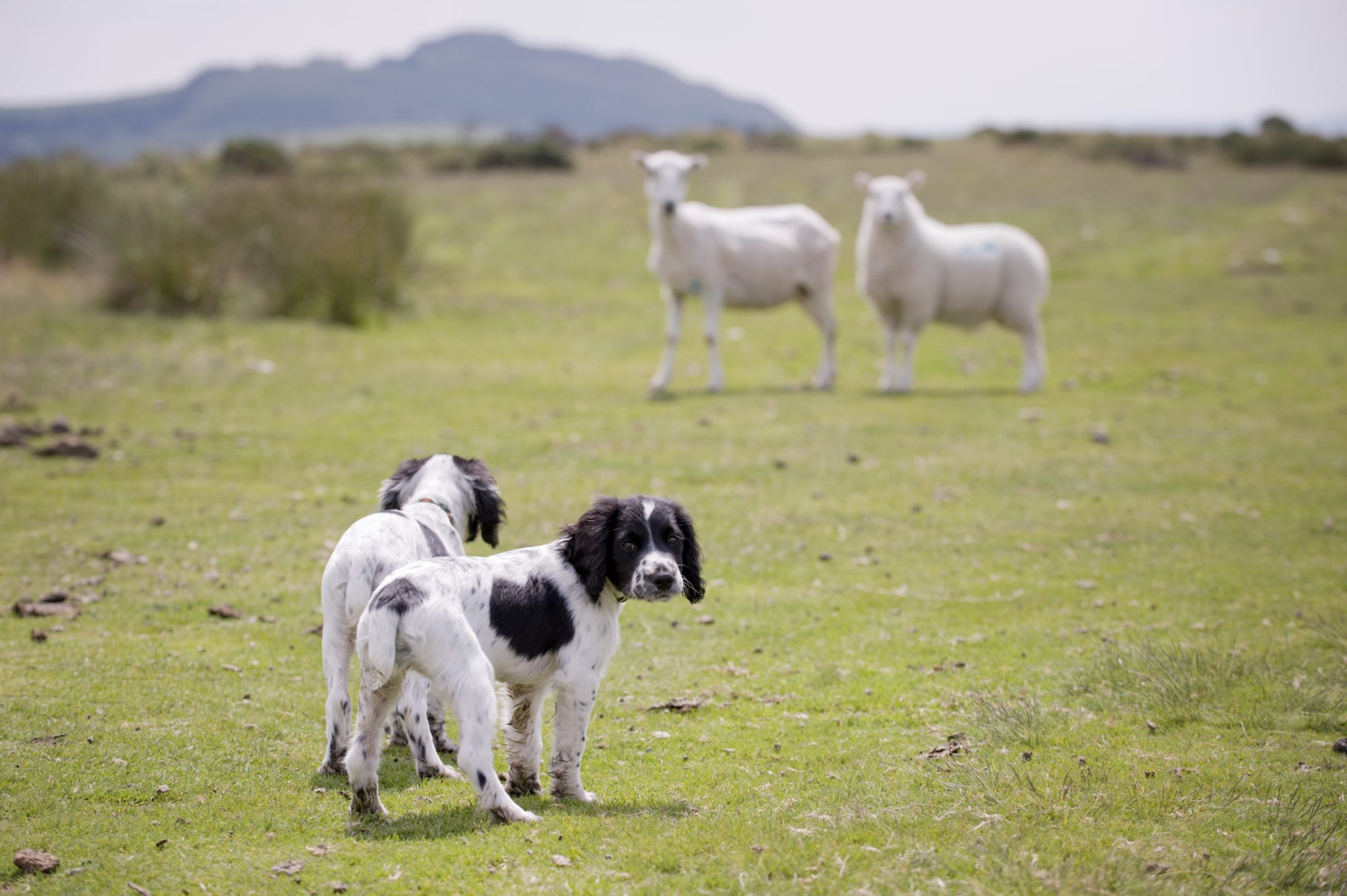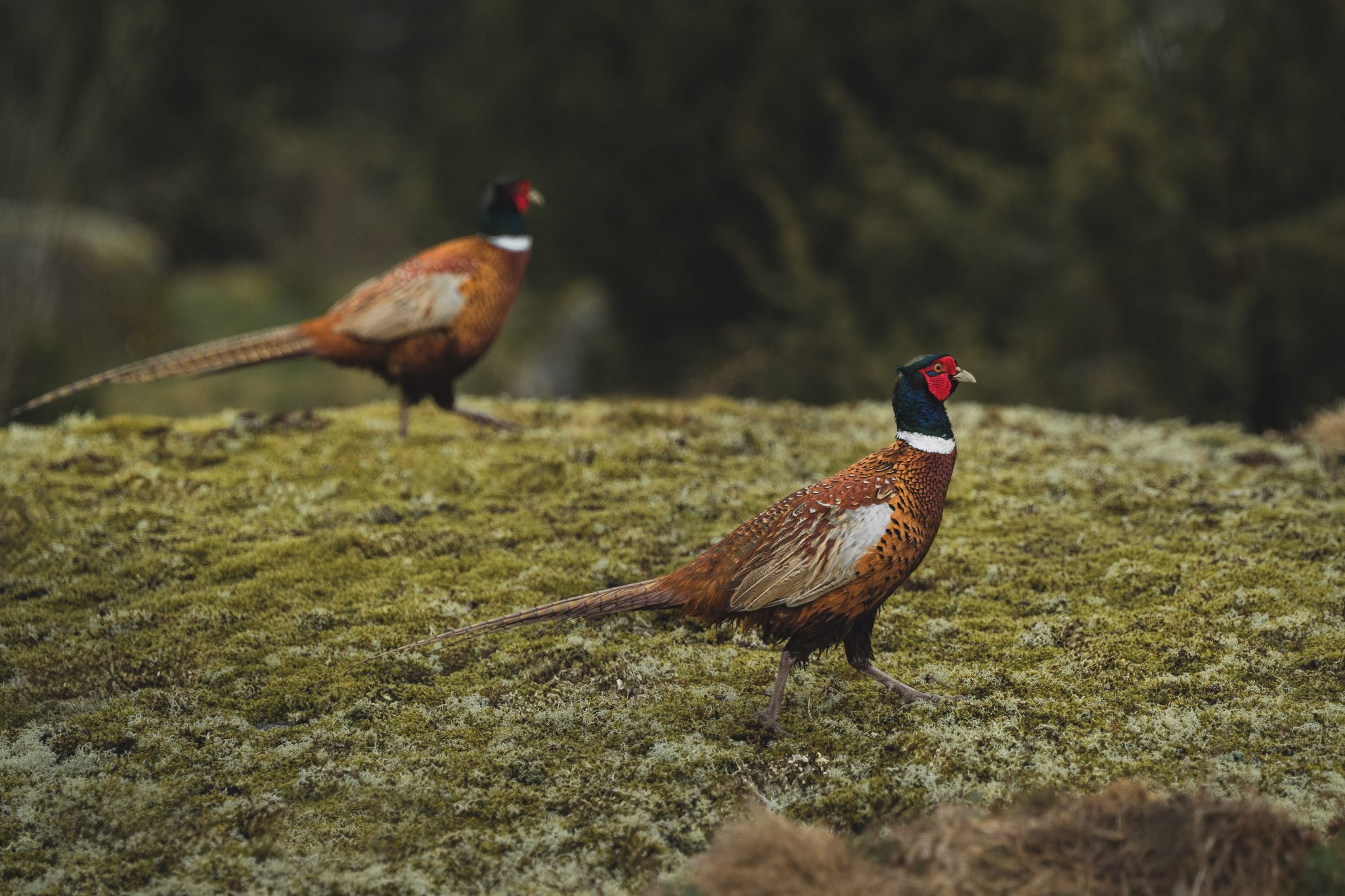Win CENS ProFlex DX5 earplugs worth £1,149 – enter here
Bill Meldrum: The Queen’s former headkeeper talks gundogs

Bill Meldrum may have lived down south for more than 50 years but he is a Scottish gamekeeper through and through. In 1958 he won his first open stake and back then 70 per cent of the dogs running in any stake in Scotland were keepers’ dogs. A few landowners (whose dogs were peg dogs primarily) ran in trials for enjoyment and in a bid to keep the standard up. Nowadays you hear people talking about dogs wiping other dogs’ eyes 30 yards away or across the line, but when Bill started trialling, dogs were finding runners four or even six dogs down.
Every inch a dog man, Bill Meldrum used to keep 22 dogs in the kennels at one time and sometimes as many as 35, but only three or four were for trialling. And he has made up seven field trial champions. He used to pick-up five days a week: “I never took one of my trial dogs,” he says, “only dogs that had the brains to work hard on their own. Some days I would go back to the kennels and change my team of dogs, sometimes four times a day.”
Bill Meldrum and his wife Annie came down to England in 1964 and during their time have whelped more than 800 pups. He remembers that back then there were at least 50 good gamekeepers regularly competing: “Too many to name but Frank Clitheroe set the pace. He could handle but liked his dogs to use their own initiative. Back then trials were kept as near a shooting day as possible. Great men who knew the value of keeping keepers interested in trial dogs were Lord Rank, Vincent Routledge, Frank George, Lord Brassey, Lady Hill-Wood, Lady Auckland and Edgar Winter – all gone and sadly missed. They kept trials on the right lines, they were the Field Trial Committee at the Kennel Club and IGL.”
What makes a good dog?
“My father always used to say a dog working an area on its own initiative was more likely to find a difficult bird than a dog being kept in an area under whistle control. Most of today’s handlers have come into field trials through working tests, where the emphasis is mostly on handling. One keeper I know has a labrador now six years old, and round this area it is a legend, he can mark a towered bird spot on, and runners are meat and drink to him. He just seems to have a sense of where the bird is hidden, but don’t bother to blow a stop whistle at him. He is not a wild dog by any means – just a game finder.”
How has judging changed?
“Many people are worried about the way trials are going. I see no need for seminars; let young judges have their own opinions. I like judging with young judges and hearing their views. I think every judge at a trial should have equal say; the older ones are not always right. I know the three-judge system had its faults but it let a judge have his say when summing up.
“Most trial judges now come up through working tests and have little experience of game and what happens on a shoot before the bird reaches them. There used to be a big difference between a working test and a field trial; now many a trial is on the lines of a cold game test. Also, some triallers and judges do not give the keeper on the beat the respect he deserves. I know 12 keepers within 10 miles of here who do not like field trials on their ground because of this. I was a keeper for 22 years and experienced it on more than a few trials. Handlers come to a trial untidily dressed, which creates a bad impression on some land owners.”
How have dogs changed?
“I was picking-up last year with a field trialler who had two other dogs, just plain picking-up dogs, but all day was looking for long retrieves for his trial dog. He got annoyed when one of the guns walked out and picked-up a bird that had fallen only 50 yards behind him on open ground. I did say that if the gun could pick it up that easily there was no need to take five minutes trying to handle a dog onto it.
“I think it would do most triallers good if they had to spend at least two years in the beating line, then spend two years picking-up before they could run in a field trial. My father always went in the beating line as he said it was nearer to trial conditions than standing back all day picking-up. I myself used to walk in line with the beaters when I got the chance. There was usually a walking gun on the end of a beating line, so there was always the chance of a field trial type retrieve.”
How has trialling changed?
“Every sport has to move on but are most of our trial conditions anything like a normal shooting day? I think that is why most keepers do not now compete – because of the difference between a good trial dog and what’s required from a good shooting dog. Most of today’s handlers have come into field trials through working tests where the emphasis is on handling.
“I recall when the first handlers using the stop whistle came into trials. All the older handlers said there was too much noise. But the ones on the stop whistle could handle their dog to a bird and began to win most of the trials. Some handlers want their dogs totally on the whistle. I like seeing a dog on the whistle, but I like to see a nice stylish dog hunting on his own.
“The gulf between trial and shooting dogs is too wide, so a lot of the keepers are no longer interested. I don’t want anyone to think I am knocking trials or the present day handlers, but let’s give the trials back to the dog’s own initiative.”
What is your favourite ground?
“Cromlix in Dunblane. It’s owned by Andy Murray now. When you trialled there you knew you were going to get every head of game. I also liked competing at Rossie Priory. The most exciting championship I ran in was here at Sandringham in 1969. The judges said there wasn’t anything between the first four dogs so they pored over their books and would have carried on but the darkness beat them. We were all gamekeepers – Phil White was first, I was second, Frank Clitheroe was third and my father George Meldrum was fourth!”
Related Articles
Get the latest news delivered direct to your door
Subscribe to Shooting Times & Country
Discover the ultimate companion for field sports enthusiasts with Shooting Times & Country Magazine, the UK’s leading weekly publication that has been at the forefront of shooting culture since 1882. Subscribers gain access to expert tips, comprehensive gear reviews, seasonal advice and a vibrant community of like-minded shooters.
Save on shop price when you subscribe with weekly issues featuring in-depth articles on gundog training, exclusive member offers and access to the digital back issue library. A Shooting Times & Country subscription is more than a magazine, don’t just read about the countryside; immerse yourself in its most authoritative and engaging publication.







